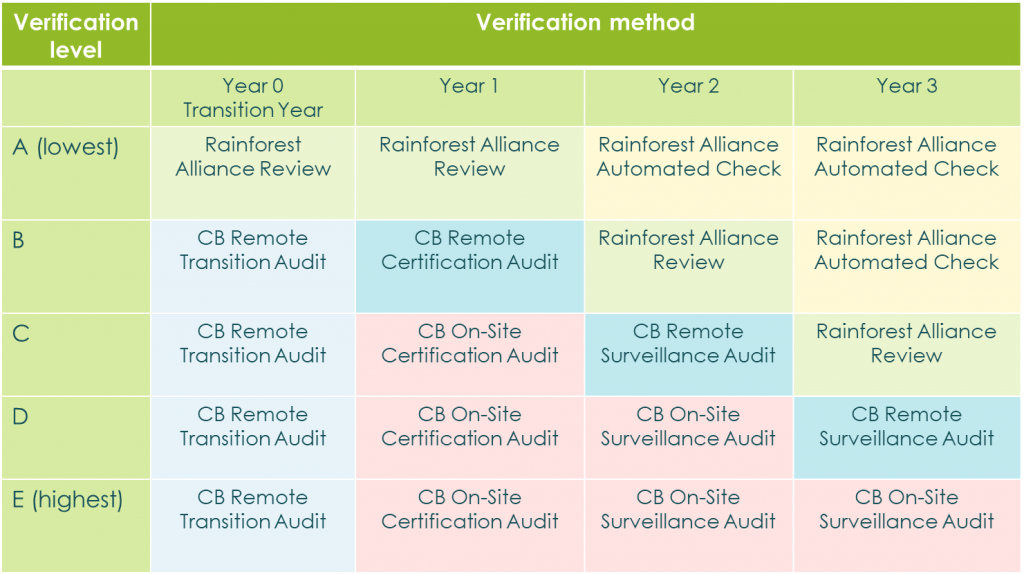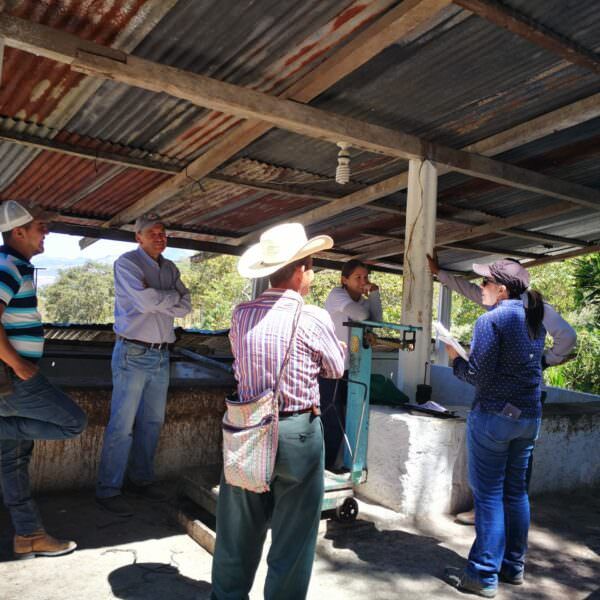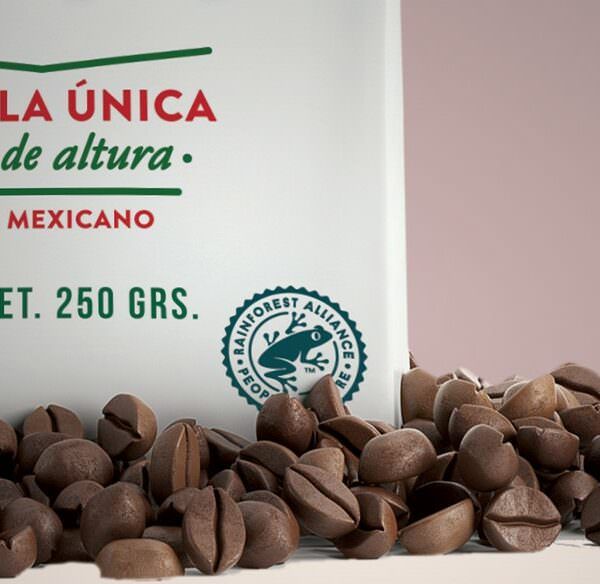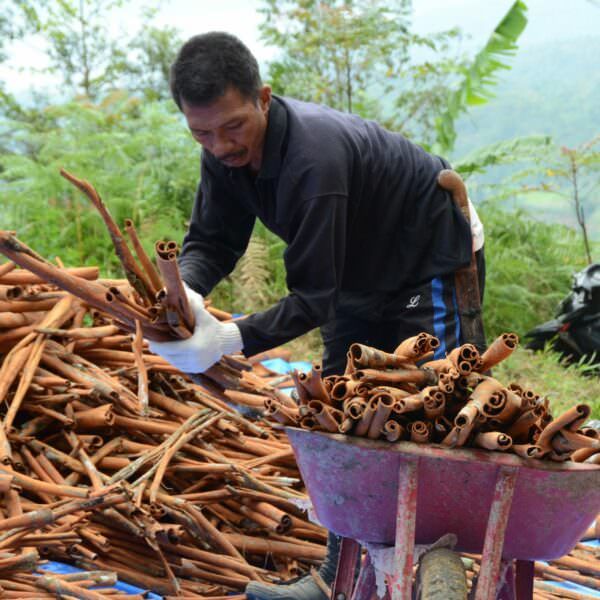Are you interested in purchasing products from Rainforest Alliance Certified farms? The first step is to become part of our certification program based on the 2020 Sustainable Agriculture Standard. Please note that most companies that either own or physically handle Rainforest Alliance Certified commodities must register on our Rainforest Alliance Certification Platform (RACP). For guidance on whether your company needs to register, please see our certification guidance document.
What is supply chain certification?
Supply Chain Certification (formerly called Chain of Custody) and supporting documents aims to better target companies’ sustainability investments at farm level, promote responsible business conduct and create more structurally balanced supply chains. Supply Chain Certification also provides assurance around traceability and integrity of your supply chain and allows you to confidently claim product as Rainforest Alliance Certified.
Supply chain certification allows your company to source and sell certified products with the Rainforest Alliance seal. It helps you meet the rising demand for more sustainable products, and access new markets while reducing potential reputational risks. Our teams are available to support you throughout the entire certification process.
Steps to get Supply Chain Certification:
Step 3:
Risk Assessment
Submit information about your activities, crops and volumes in the Rainforest Alliance system.
Step 4:
Verification process
After review by our teams, you’ll get the results of your risk assessment and follow the appropriate steps
Step 5:
License to trade
Get the results of your audit or endorsement process, and the license to trade on our traceability platforms
Step 6:
Trade certified volumes
Step 1:
Registration
To complete this step:
Visit the Registration Portal
As the legacy UTZ and Rainforest Alliance Certification programs are being phased out, all organizations that wish to join the Rainforest Alliance Certification Program need to register to receive an account ID. This is the case even if you already have an account or accounts with us.
Step 2:
Sign a license agreement for the new Rainforest Alliance Certification Program
To complete this step:
Visit the Rainforest Alliance Certification Platform
All organizations joining the new Rainforest Alliance Certification Program need to have a valid License Agreement with the Rainforest Alliance agreeing to abide by the rules of the program.
Step 3:
Risk Assessment
To complete this step:
Visit the Rainforest Alliance Certification Platform
If you represent a supply chain organization, you will need to provide information about each site that you want to get certified. With this information you will receive a verification level that determines whether an audit is required and the frequency of those audits.
The Supply Chain Risk Assessment considers the organization’s activities, location, information on the certified product or products, compliance, and social risks, among others. Based on this information, your organization is assigned a verification level which determines if it will require an audit or endorsement to get certified. If an audit is needed, you will also get information of the type of audit and frequency.
Step 4:
Audit process
To complete this step:
View the list of Certification Bodies authorized by the Rainforest Alliance to find one that works in your country if your organization requires an audit.
Once you submitted your Supply Chain Risk Assessment (SCRA) by clicking “calculate my verification level”, our Supply Chain Certification Team will review the information provided. Based on these results, you will get more information on how to continue the process.
Step 5:
License to trade
To complete this step:
Visit the Rainforest Alliance Certification Platform
All certified organizations must receive a license from the Rainforest Alliance to be able to trade volumes of certified products in the Rainforest Alliance Traceability Platform.
Once you have completed all the steps mentioned above, the Rainforest Alliance will review the information you provided and grant your organization a license to trade if no further clarification is required.
Step 6:
Trade Certified Volumes
To complete this step:
Depending on your crop, visit Multitrace or the RACP.
All purchases and sales of Rainforest Alliance Certified volumes between certified organizations needs to be recorded in the designated Rainforest Alliance platform to ensure compliance with Rainforest Alliance traceability rules and provide transparency and accountability to consumers of certified products.
Request approvals
As a business working with the Rainforest Alliance, you have the opportunity to make claims and use our seal on your products to promote your sustainability commitments. Companies selling Rainforest Alliance Certified agricultural crops must request and receive approval prior to use the Rainforest Alliance marks and claims on all type of public facing material. More information about using our seal can be found on our website here.
Transitioning to the new Rainforest Alliance Certification Program and Full Mutual Recognition
In January 2021 we started the transition to the new Rainforest Alliance Certification Program, based on the 2020 Sustainable Agriculture Standard. This means that, as of July 1st, 2021, certification is only possible against the 2020 Sustainable Agriculture Standard.
Since 31 January 2022, Full Mutual Recognition has been available for companies still certified against the Rainforest Alliance or UTZ Chain of Custody 2015 or 2017 programs. The volumes from all three programs are now considered “Rainforest Alliance” volumes. You can read more on our page on Full Mutual Recognition.
What does this mean for transitioning to the new standard? The transition rules and timelines remain the same. You can find more information about the 2020 Sustainable Agriculture Standard and the transition rules here.
If you have any questions, please reach out to customersuccess@ra.org.





